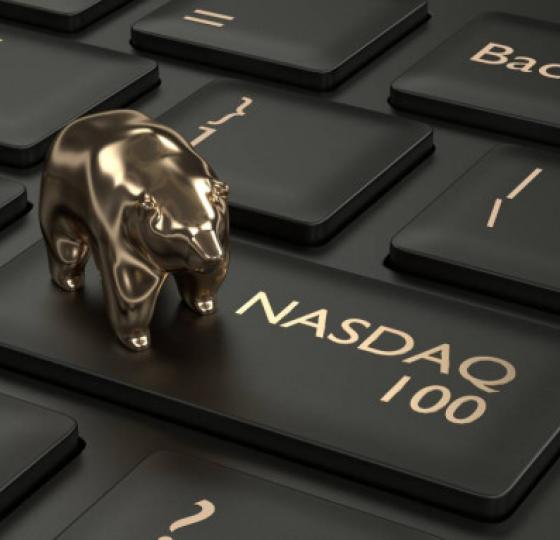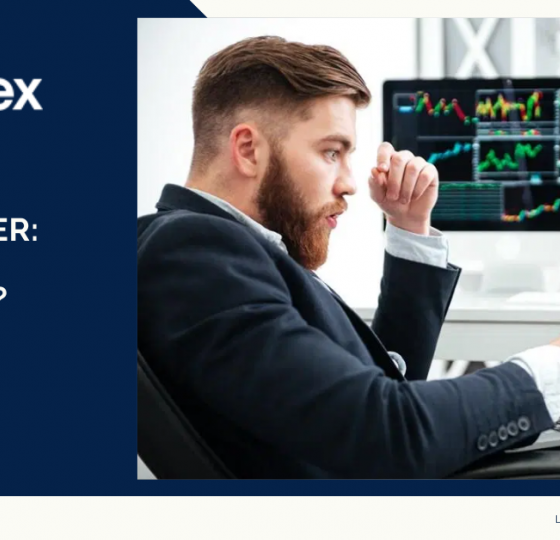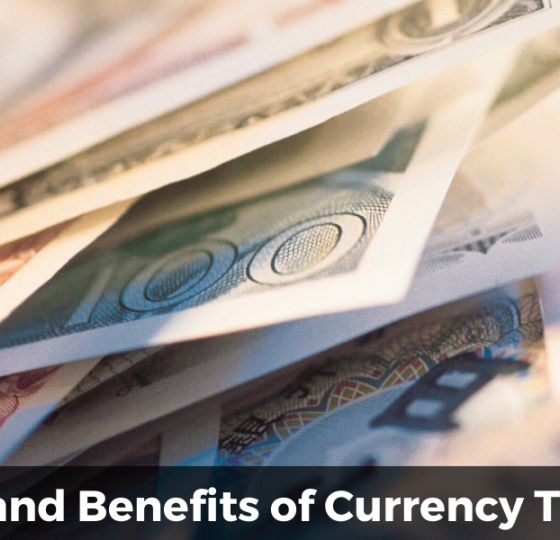Source: PaxForex Premium Analytics Portal, Technical Insight
Many investors believe that cryptocurrencies will shape the future of finance. Michael Saylor, chairman of MicroStrategy, views Bitcoin as the only currency worth holding for the next century. Meanwhile, renowned growth investor Cathie Wood predicts that digital assets will transform global financial markets.
However, these prominent crypto advocates often focus mainly on Bitcoin, with occasional nods to Ethereum and its smart contract capabilities. If Bitcoin and Ethereum are touted as the key to future wealth, does Ripple have a place in creating tomorrow’s millionaires?
Although XRP and Bitcoin are both cryptocurrencies, they differ vastly in their design and purpose. Both rely on transparent, public ledgers protected by advanced encryption to prevent unauthorized modifications and fraud.
But that’s where their similarities end. Bitcoin was developed as a store of value, often compared to physical gold. Like gold, Bitcoin is scarce and challenging to "mine." The supply is capped at 21 million coins, 94% of which are already in circulation, ensuring its rarity and long-term value.
On the other hand, XRP was created for a very different mission. It serves as the native token of RippleNet, a global payment network run by Ripple Labs in collaboration with various banks worldwide. XRP’s goal is to facilitate fast, secure, and low-cost international money transfers. Since its launch in 2012, XRP has processed over $2.8 trillion worth of cross-border transactions.
The question isn’t whether XRP can compete with Bitcoin, but rather if RippleNet’s cross-border payment system has staying power. If you've ever sent or received international payments, you’ll likely appreciate the appeal.
Cross-border transactions typically take days to process, with multiple intermediaries taking fees and offering unfavorable exchange rates. RippleNet, by contrast, charges just 0.00001 XRP per transaction - about 5 thousandths of a cent - even for large sums. Transactions are settled in three to six seconds.
Clearly, there are significant advantages to using Ripple and XRP over traditional banking methods. It’s already an established platform with strong potential for growth as cryptocurrencies become more integrated into everyday financial systems.
XRP has faced challenges, particularly with the US Securities and Exchange Commission (SEC), which argued that Ripple Labs improperly sold XRP without registering it as a security. However, Ripple recently won a major legal victory, and the SEC has until October 7 to decide whether to appeal.
Despite this, XRP didn't experience a huge price surge after the legal win. Its value dropped by over 50% when the SEC filed its lawsuit in December 2020, and since then, XRP's price has tracked somewhat similarly to Ethereum and Bitcoin.
From a market perspective, XRP may seem like a lower-priced version of Bitcoin, but that’s an oversimplification. These cryptocurrencies serve very different purposes, and their value trajectories will likely diverge.
Currently priced at around $0.56 per token, it’s difficult to predict how high XRP could go. That said, RippleNet is likely to gain broader adoption over time, which could increase XRP’s value. While XRP may not be a quick path to riches, long-term investors could see substantial returns as the token’s utility continues to grow.
In short, XRP has the potential to create significant wealth - not through speculation, but through steady, long-term investment in a promising technology.
While the price is above 0.5000, follow the recommendations below:
- Time frame: D1
- Recommendation: long position
- Entry point: 0.5554
- Take Profit 1: 0.5800
- Take Profit 2: 0.6100
Alternative scenario:
If the level of 0.5000 is broken-down, follow the recommendations below:
- Time frame: D1
- Recommendation: short position
- Entry point: 0.5000
- Take profit 1: 0.4700
- Take profit 2: 0.4500










